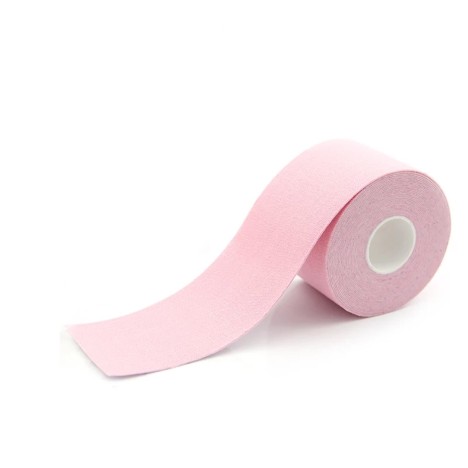



Kinesiology tape stabilizes the injured area by lightly adhering to the skin and applying pressure to the tissues the tape is wrapped around. This tape allows the connective tissue surrounding the affected muscle or tendon to move along with the body.
Kinesiology tape stabilizes the injured area by lightly adhering to the skin and applying pressure to the tissues the tape is wrapped around. This tape allows the connective tissue surrounding the affected muscle or tendon to move along with the body.
When KT tape is properly applied, the elasticity in the KT tape gently lifts the skin from the tissues below. This gentle lifting of the skin creates a space to improve blood and lymphatic flow which ultimately helps to alleviate pressure and reduce swelling.
Kinesio Tape is water resistant. You may shower, bathe and swim with Kinesio Tape on the skin. Let the tape air dry, or pat dry with a towel (do not use a hair dryer to dry).
What is kinesiology tape used for?
When not to tape
There are some circumstances in which kinesiology tape should not be used. They include the following.
No customer reviews for the moment.